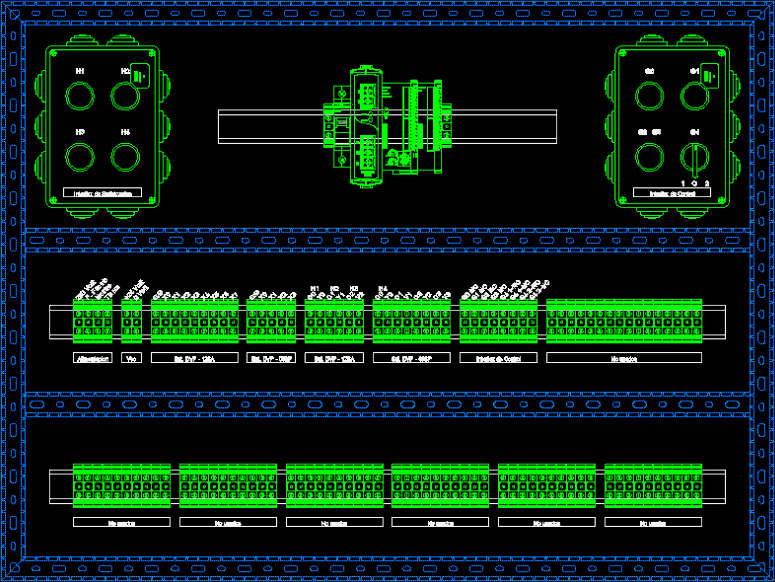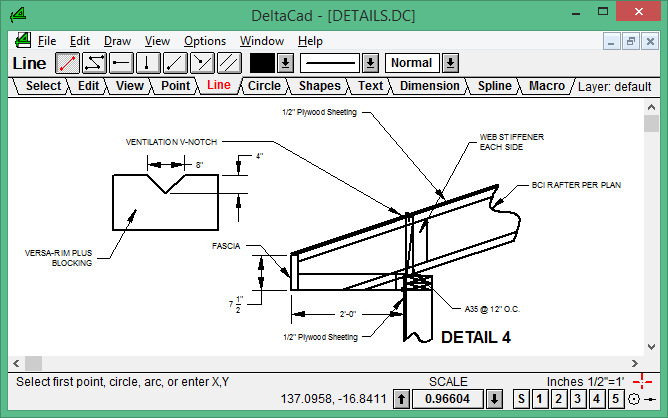

When the nut is tightened, the ferrule is compressed between the nut and the receiving fitting the ends of the ferrule are clamped around the pipe, and the middle of the ferrule bows away from the pipe, making the ferrule effectively thicker. The result is that the ferrule seals the space between the pipe, nut, and receiving fitting, thereby forming a tight joint. Larger sizes of compression fitting do not have a single nut to compress the ferrule/olive but a flange with a ring of bolts that performs this task. The bolts have to be tightened down evenly. Thread sealants such as joint compound ( pipe dope or thread seal tape such as PTFE tape) are unnecessary on compression fitting threads, as it is not the thread that seals the joint but rather the compression of the ferrule between the nut and pipe.

However, a small amount of plumber's grease or light oil applied to the threads will provide lubrication to help ensure a smooth, consistent tightening of the compression nut. It is critical to avoid over-tightening the nut or else the integrity of the compression fitting will be compromised by the excessive force. If the nut is overtightened the ferrule will deform improperly causing the joint to fail. Indeed, overtightening is the most common cause of leaks in compression fittings. A good rule of thumb is to tighten the nut first by hand until it is too difficult to continue and then tighten the nut one half-turn more with the aid of a wrench the actual amount varies with the size of the fitting, as a larger one requires less tightening.

The fitting is then tested: if slight weeping is observed, the fitting is gradually tightened until the weeping stops. The integrity of the compression fitting is determined by the ferrule, which is easily prone to damage.

Thus care should be taken to when handling and tightening the fitting, although if the ferrule is damaged it is easily replaced. In a bind, master plumbers have been known to replicate the sealing action of a ferrule by using an artfully "woven" piece of thread seal tape. This is attempted as a temporary solution to prevent a leak until a proper ferrule can be procured. There are two traditional types of compression fitting, standard (British type-A/non-manipulative) and flare fittings (British type-B/manipulative). Within our working group, more than 213 partners are gathered working on an “Open innovation” way, enabling the creation of innovative SME’s: Kalray (Teraops project), Scilab entreprises (Open GPU project).Standard fittings require no modifications to the tubing. Our Working Group has developed 95 innovative projects structured through our roadmap enhancing innovative applications for technology of the future.
Plumbing components for deltacad software#
68 Systems Design and Development Tools Working Group Gérard POIRIER, WG President DASSAULT AVIATION "The Systems Design and Development Tools Working Group is based on extensive use of High Performance Computer and is positioned on three technology areas, called “Development Axes”: 1) Systems Modelling and simulation 2) Software engineering 3) Data analytics The activities of our Working Group are essentially transverse to other Working Groups of the cluster: these tools and systems will be used in aerospace, energy, services, as well as in auto-motive, transportation, telecom or security and defence.


 0 kommentar(er)
0 kommentar(er)
